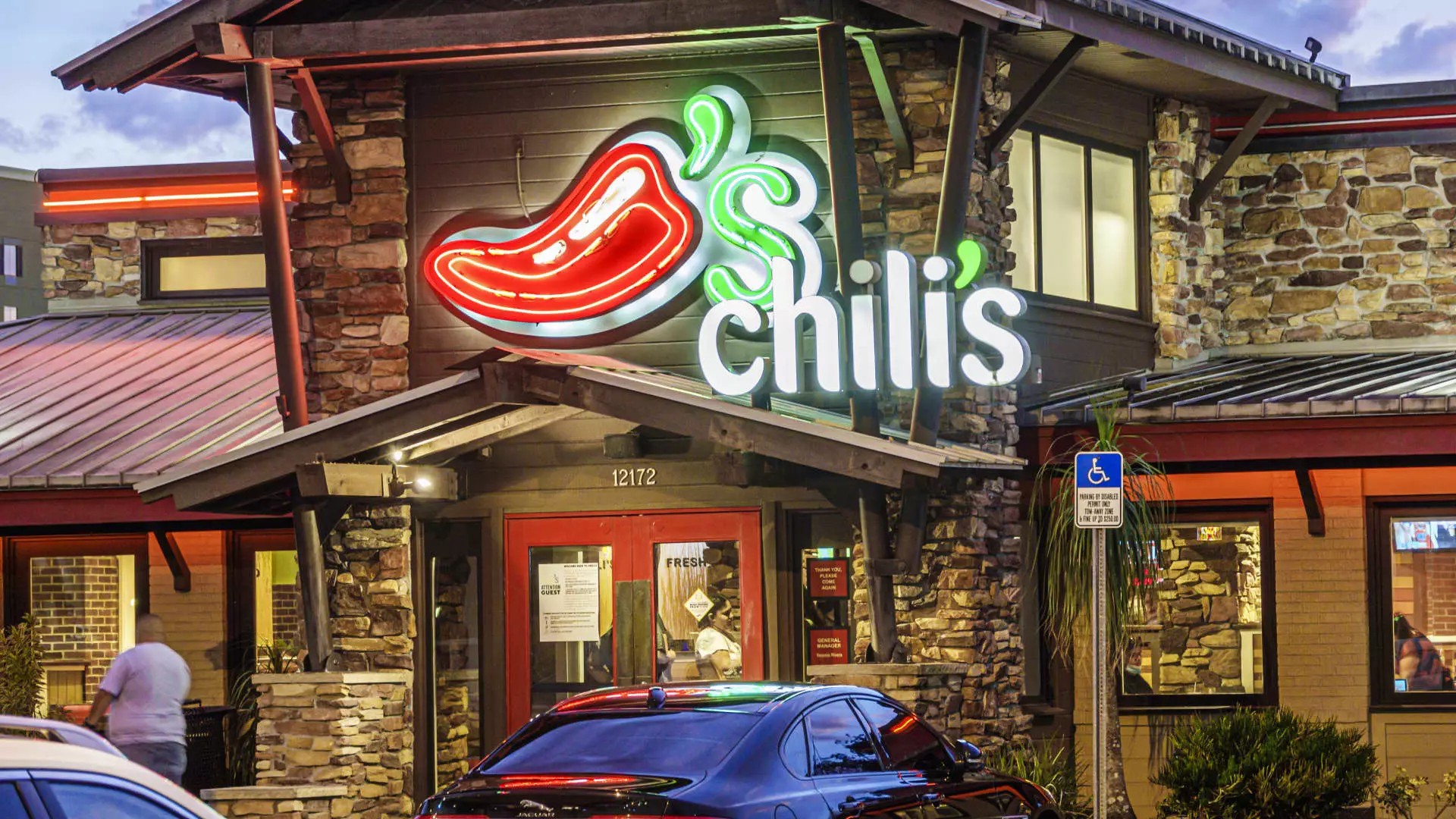Chili’s has experienced a significant turnaround in its revenue growth, with same-store sales climbing nearly 15% in its latest quarter. The success can be attributed to an effective ad campaign targeting fast-food chains and a TikTok-viral appetizer. Kevin Hochman, CEO of parent company Brinker International, believes that the chain’s recent strong performance is a culmination of a two-year turnaround strategy. The stock value of Brinker International has increased substantially by 53% this year, with its market value reaching $2.99 billion. However, the stock experienced a 10.7% decline after underwhelming analysts with weaker-than-expected earnings and a reserved outlook for fiscal 2025. The subsequent rebound in share price suggests that investors may have overreacted to the earnings report, as several market analysts upgraded Brinker’s stock based on a more favorable interpretation of its quarterly results.
Chili’s successful revenue growth can be attributed to its competitive advantage over casual-dining rivals like Applebee’s and Outback Steakhouse. The chain’s 14.8% same-store sales growth puts it in rare company, alongside Chipotle and Wingstop, as one of the few public restaurants reporting steady traffic and sales growth during a time when consumer spending is under pressure. Chili’s innovative marketing strategies, such as promoting the $10.99 Big Smasher meal and the Triple Dipper appetizer, have resonated with customers. The chain’s aggressive advertising targeting fast-food prices and its viral presence on TikTok have been instrumental in attracting new customers and retaining loyal ones.
Operational Challenges and Labor Investment
Despite its revenue growth, Chili’s has faced operational challenges due to the popularity of its new menu items. The influx of customers trying the Big Smasher and Triple Dipper has put pressure on the chain to efficiently serve its patrons. Hochman disclosed that investing in additional labor, including bussers and cooks, has strained Chili’s bottom line in the short term. The chain’s efforts to streamline its menu by eliminating 22% of its items and discontinuing less profitable strategies have been key to its recent success. Additionally, Brinker’s decision to reduce the number of coupons offered and to end the Maggiano’s Italian Classics virtual brand has helped Chili’s focus on profitable growth.
As Brinker International heads into fiscal 2025, the company faces challenges in maintaining its revenue growth and retaining new customers. Several competitors, such as McDonald’s and Outback Steakhouse, have introduced value meals to attract price-sensitive diners. With consumer spending under pressure and food prices rising, Chili’s must stay ahead of the competition while navigating economic uncertainties. The company’s fiscal 2025 outlook, which anticipates earnings per share of $4.35 to $4.75 and revenue growth of 3% to 4.6%, reflects a cautious approach to future growth. Hochman emphasized the importance of setting achievable goals given the recent economic downturn, suggesting that the company is prepared for potential challenges ahead.
Chili’s recent revenue growth and challenges ahead highlight the restaurant chain’s resilience in a competitive market. By leveraging innovative marketing strategies, streamlining its menu, and investing in labor, Chili’s has positioned itself for sustainable growth. However, the company must navigate economic uncertainties and increasing competition to maintain its competitive edge in the casual-dining industry.

